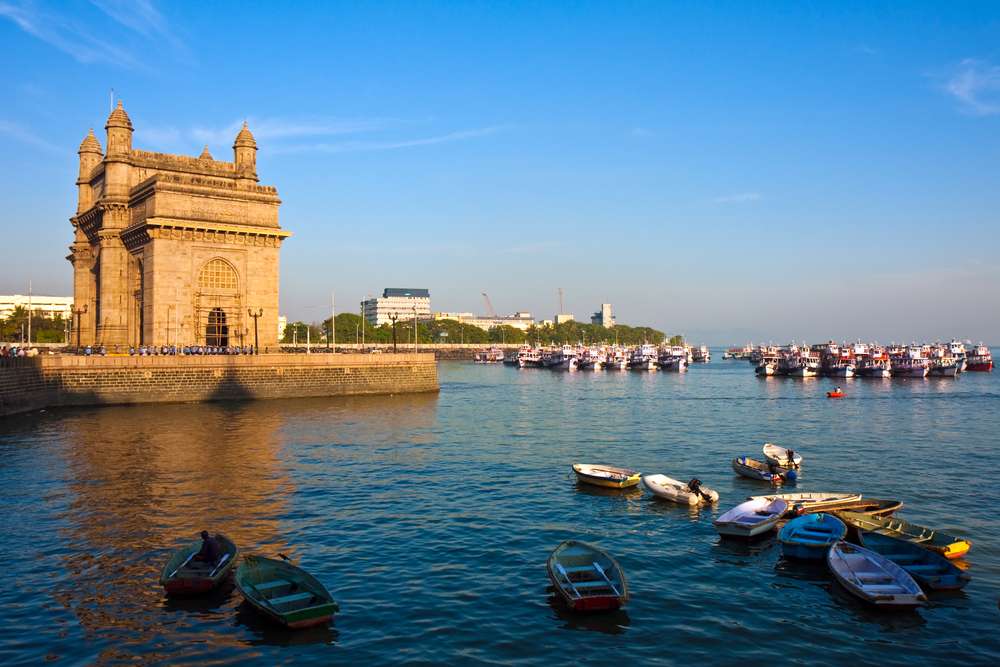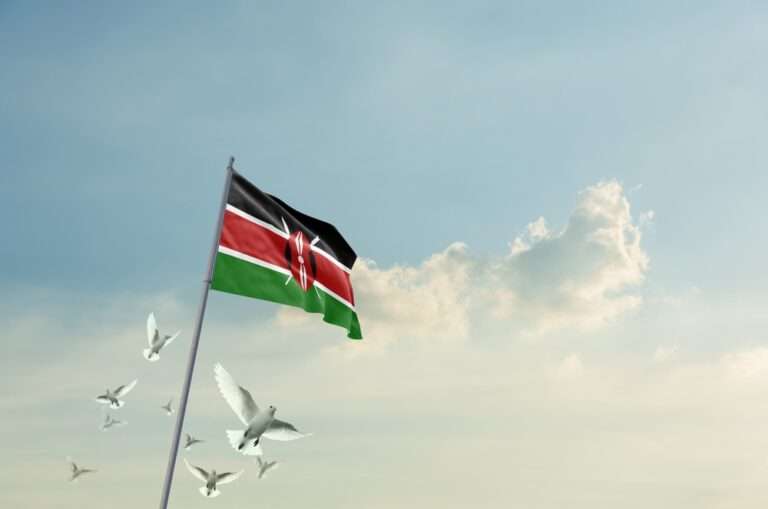
India
India, a country known for its cultural richness and historic legacy, is equally blessed with nature’s most dramatic creations. From dreamlike valleys covered with flowers to emerald lakes hidden between steep mountains, India’s terrain is a canvas painted with the wildest fantasies of nature. Although the bustle of cities and famous sites may first catch your eye, the natural marvels spread over the nation softly steal your breath. These are living poems sculpted by time, water, wind, and the patient hands of the Earth, not only locations.
Pangong Lake, Ladakh
Take, for instance, the magnificence of Pangong Lake in Ladakh. Resting at over 14,000 feet, this surreal pool of water extends like a shard of the sky fallen to the Earth. Its hue changes from crystal blue to deep turquoise to a silver tint that seems like moonlight trapped in daylight, depending on the sun’s angle. The silence here is deep and everlasting; only gentle wind gusts and the crunch of your shoes on gravel disturb it. Shivering in the thin air, you stand there and somehow feel alive.
Further north in Kashmir lies Betaab Valley, a pristine paradise between Pahalgam and Chandanwari. More than beautiful, the valley is cinematic; it is named for the Bollywood film Betaab, which was filmed here. Framed by thick deodar trees and snow-capped mountains, the Lidder River dances over its plain, flowing among rich meadows. Spring brings a blooming paradise to the valley; winter brings a quiet, snow-laden dreamscape. And in every season, it enchants you.
Cherrapunji, Karnataka
Traveling south, you’ll be drawn to Agumbe, a rainforest village in Karnataka known as the “Cherrapunji of the South.” The monsoon here roars rather than just rains. The forest is covered with thick mist, waterfalls pour from every crack, and the orchestra of insects and birds becomes your background music. Legendary, the Agumbe sunsets pour golden light over the Western Ghats, reminding you that magic may be as easy as seeing the sun sink below the trees.
In Meghalaya, the Living Root Bridges seem like something out of a fantasy novel. Grown—not built—these bridges are created by steeping the roots of rubber trees across rivers until they organically weave themselves into robust, natural structures. Though every single one is worthwhile, the most renowned one close to the settlement of Nongriat calls for a drop of more than 3,000 steps. Standing on the bridge and feeling the roots bend under your feet, you understand that nature can be a living sculpture if appreciated and worked with.
The northeast continues to surprise with Loktak Lake in Manipur, home to the world’s only floating national park. Drifting lazily on the lake’s surface, spherical mounds of Earth and plants called phumdis dot the lake. Among these float the lives of boat dwellers, fishermen, and the elusive sangai deer—an endangered species found only here. The image of the sun rising through mist over the calm lake, pouring pink light over the water, and waking the birds slowly etches itself into memory.
Pachmarhi, Madhya Pradesh
In the heart of India lies Pachmarhi, Madhya Pradesh’s only hill station. Often ignored, hidden within the Satpura mountains, Pachmarhi offers excellent rewards for those who dare to visit. Red sandstone cliffs shed waterfalls; caves tell stories of ancient hermits, and thick sal woods provide calm and shade. You could find a quiet bench overlooking the valleys, a tribal market, or an ancient colonial church—all remnants of a kinder, slower past.
Another marvel that defies logic and leaves visitors speechless is Lonar Crater Lake in Maharashtra. Sitting calmly in the center of basaltic rock formations, the lake was formed by a meteorite impact more than 50,000 years ago. Its water is alkaline and saline, therefore sustaining a special environment. Walking the rim of the crater, birds burst forth in brilliant hues, and the strange quiet of the lake below tells you that some tales started long before us.
Silent Valley National Park, Kerala
Down in Kerala, the Silent Valley National Park isn’t just a forest—it’s a time capsule. This pristine area of tropical rainforest is home to many species that live nowhere else. The name is appropriate. The silence grows nearly holy as you walk further into the park. Occasionally, a langur’s shout or a leaf underfoot rustle disturbs the quiet; otherwise, you and the age-old jungle are alive and watchful.
INDIAN VISA FOR MONGOLIAN CITIZENS
And finally, there’s Spiti Valley, stark and magnificent, stretching like a poem across Himachal Pradesh. Spiti is rough, not lush. High-altitude deserts, wind-sculpted mountains, and towns clinging to cliffs like barnacles define it. But its severity is precisely what sets it apart. The monasteries look hewn from quiet itself. The skies are larger than anything you have ever witnessed. Hardy and kind, the folks will welcome you inside with stories of ancient monarchs and sky deities over tea.
Summary
These places don’t ask for admiration—they earn it. Reaching them is not always simple, and perhaps that is the idea. When you eventually arrive, dusty and exhausted, you will discover not only the landscape. It is changing. A deep breath you didn’t realize you required. This is a reminder that although cities may amaze, nature humbles. In India, too, nature wears a hundred faces—each more amazing than the last.
Also read: Hidden Gems in India You Must Visit Once






